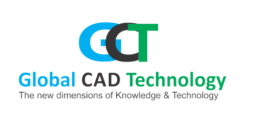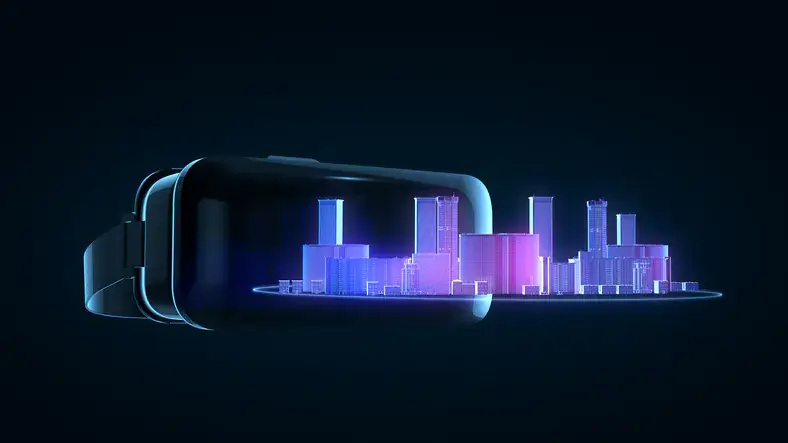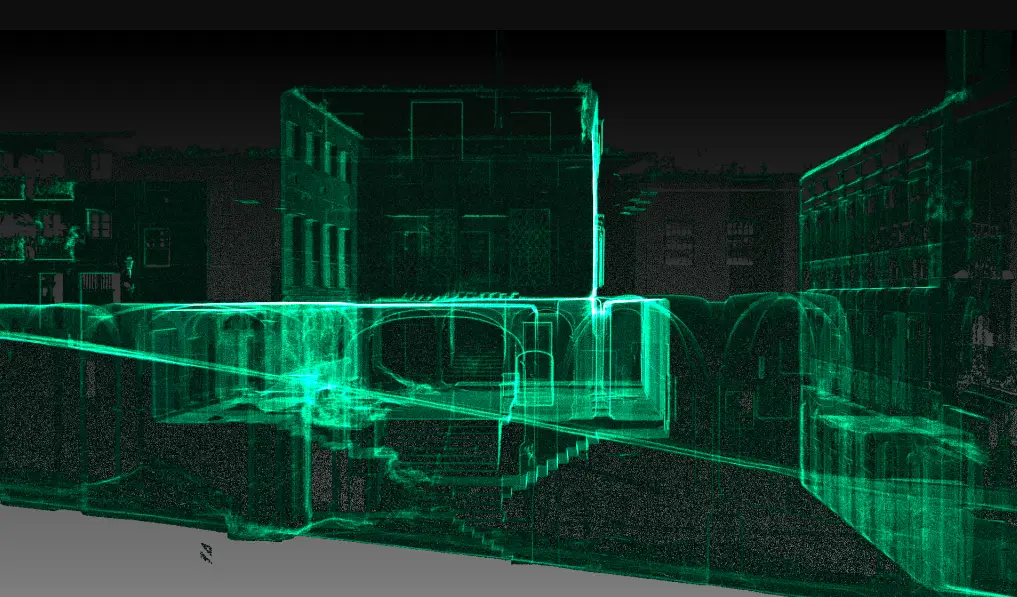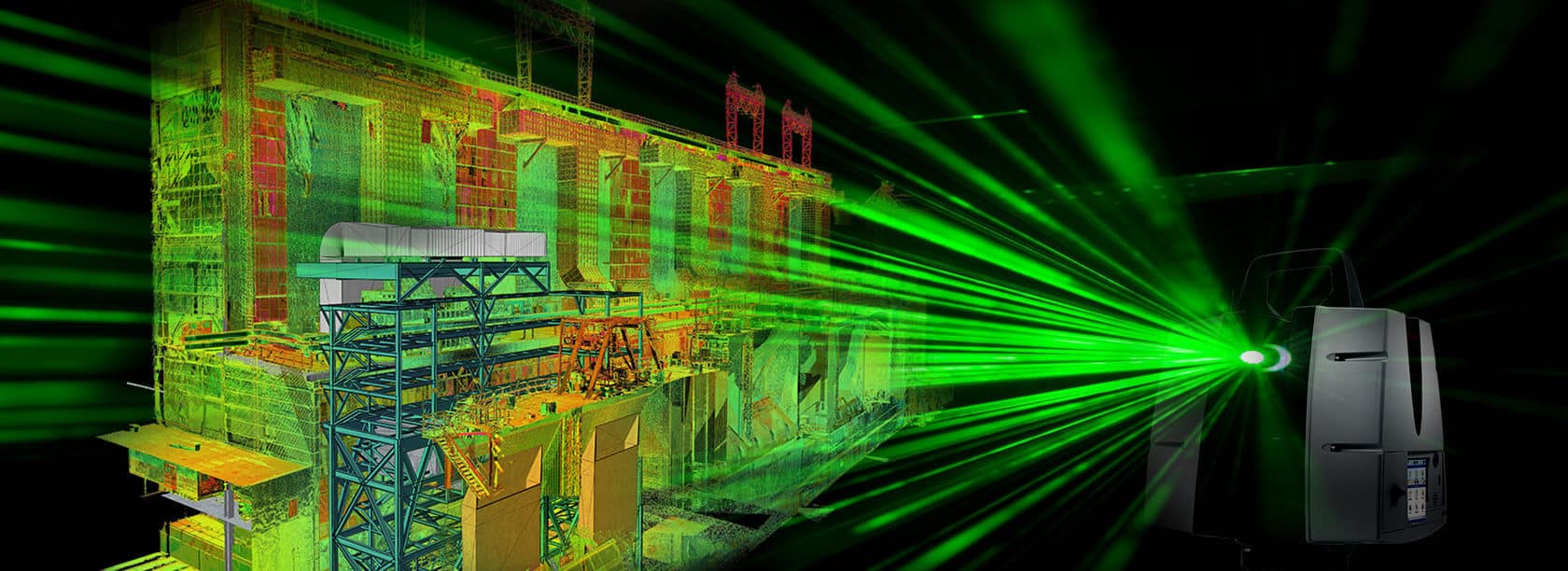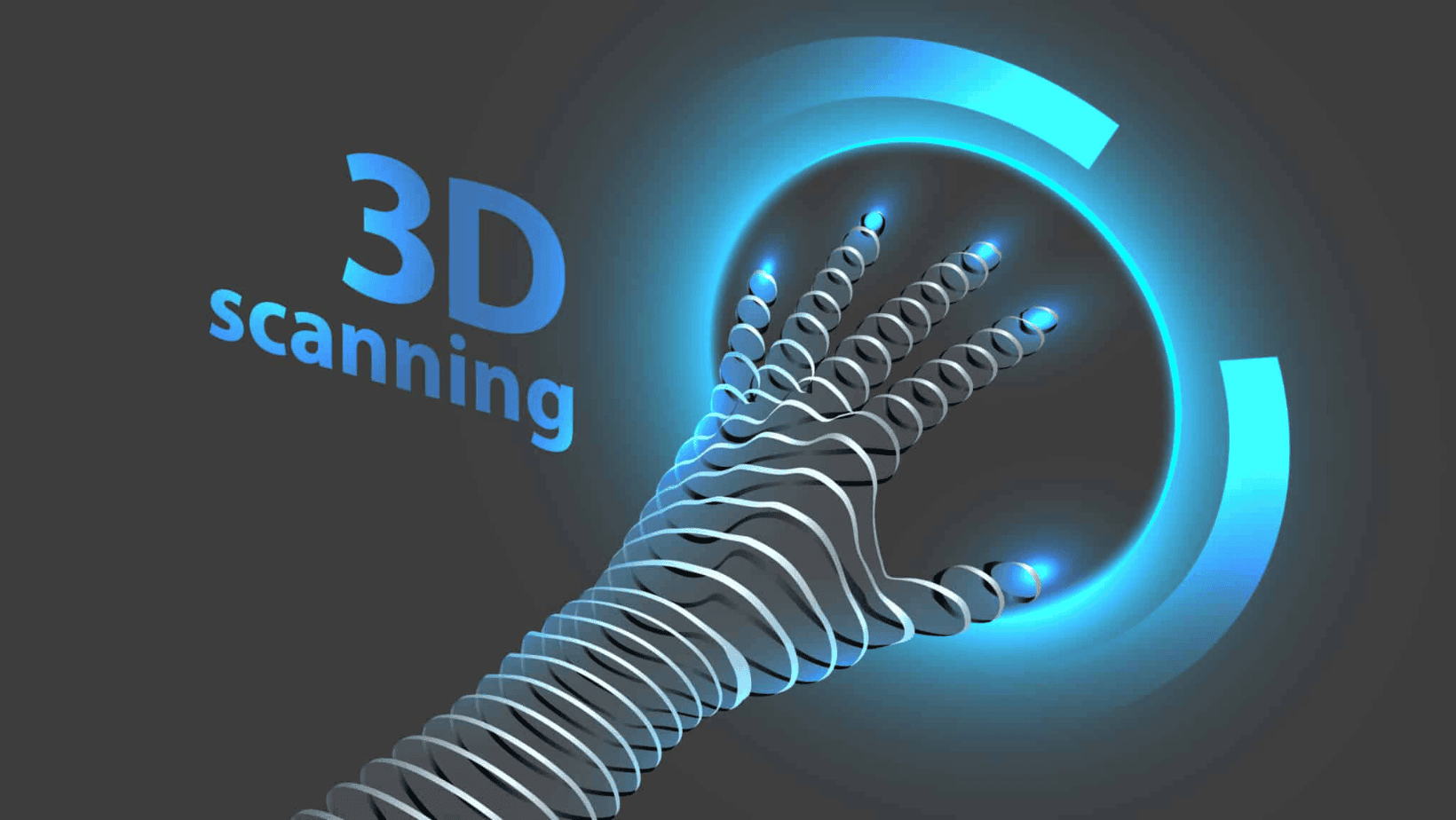Introduction:
In the ever-evolving world of 3D scanning technology, choosing the right scanner for your specific needs can be a challenging task. With several prominent players in the market, including FARO, Hexagon, ZG, and Shining 3D, it’s crucial to conduct a thorough 3D scanner comparison to make an informed decision. In this blog post, we’ll delve into the features, capabilities, and advantages of each of these scanners, along with a glimpse into some other noteworthy competitors.
Comparison Between FARO | Hexagon | ZG Scanner | Shinning 3D
- FARO 3D Scanner:
FARO Technologies is a renowned name in the 3D scanning industry, offering a range of high-precision scanners. The FARO Focus series, such as the FocusS and FocusM, are known for their portability, ease of use, and exceptional accuracy. These scanners are widely used in industries like manufacturing, construction, and forensics. FARO’s proprietary technology, like the Laser Scanner Freestyle 3D, ensures reliable and detailed 3D data capture.
- Hexagon 3D Scanner:
Hexagon’s 3D scanning solutions, such as the Leica ScanStation series, are recognized for their speed and efficiency. The Leica ScanStations deliver impressive range and accuracy, making them suitable for applications like civil engineering, architecture, and industrial plant design. Hexagon emphasizes user-friendly interfaces and seamless integration with various software packages, enhancing the overall scanning experience.
- ZG 3D Scanner:
ZG Technology, a rising player in the 3D scanning arena, offers competitive solutions like the ZGScan series. These scanners boast impressive speed and precision, making them suitable for applications in reverse engineering, quality control, and cultural heritage preservation. ZG scanners often come with user-friendly software interfaces and customizable settings to meet specific project requirements.
- Shining 3D Scanner:
Shining 3D, known for its EinScan series, caters to a wide range of 3D scanning needs. The EinScan scanners are versatile, offering both handheld and desktop options. Shinning’s scanners are particularly popular for their affordability and ease of use, making them suitable for educational purposes, product design, and small-scale manufacturing.
5. Other Noteworthy Competitors:
- Trimble: Trimble’s 3D scanners, like the TX series, are recognized for their versatility in capturing accurate data in challenging environments, such as construction sites and industrial facilities.
- Creaform: Creaform’s HandySCAN series is known for its portability and high-resolution scanning capabilities, making it suitable for applications in aerospace, automotive, and healthcare.
- Artec 3D: Artec 3D scanners, such as the Eva and Leo models, focus on delivering professional-grade 3D scanning solutions for industries like healthcare, art and design, and manufacturing.
Conclusion:
Choosing the right 3D scanner involves considering various factors, including scanning range, accuracy, portability, and software compatibility. While FARO, Hexagon, ZG, and Shining 3D are prominent players, it’s essential to explore other options like Trimble, Creaform, and Artec 3D to find the scanner that best fits your specific needs. Conducting a thorough 3D scanner comparison will empower you to make an informed decision and unlock the full potential of 3D scanning technology for your applications.
